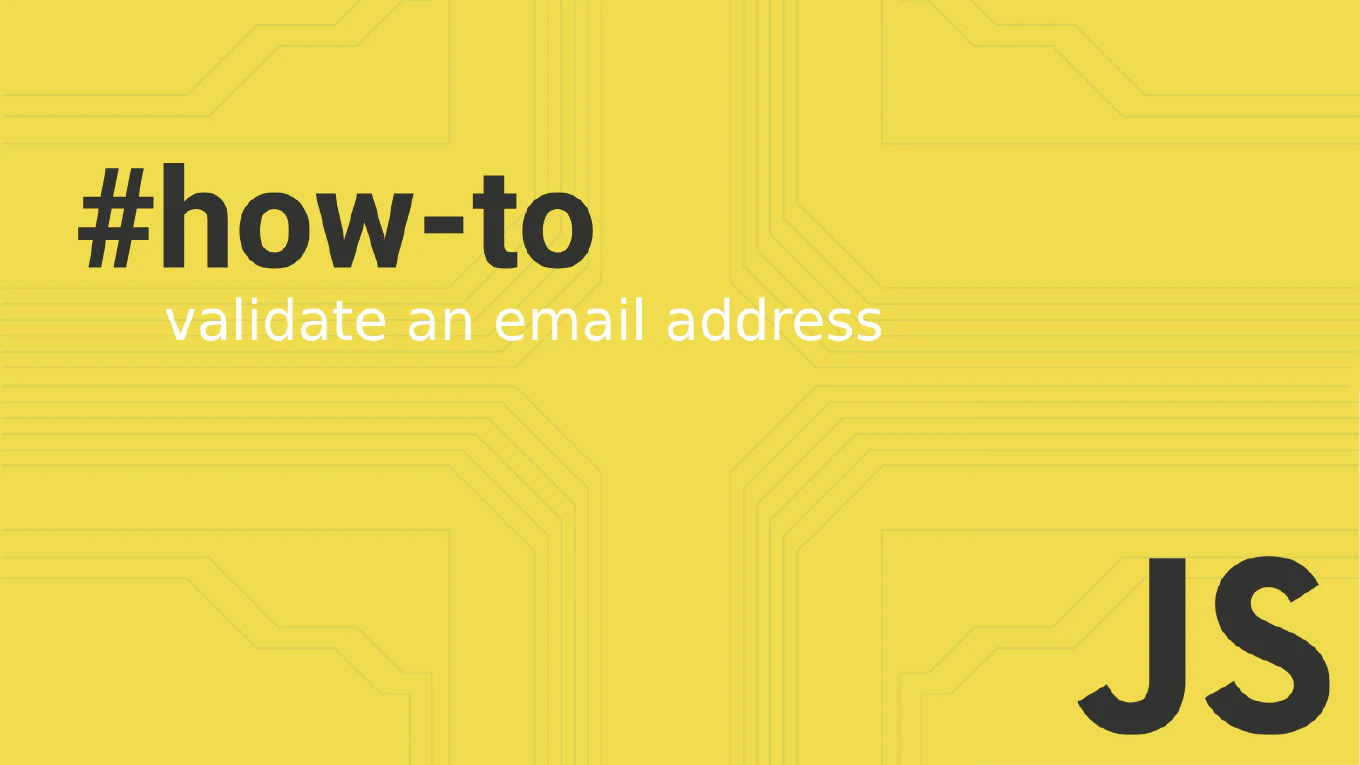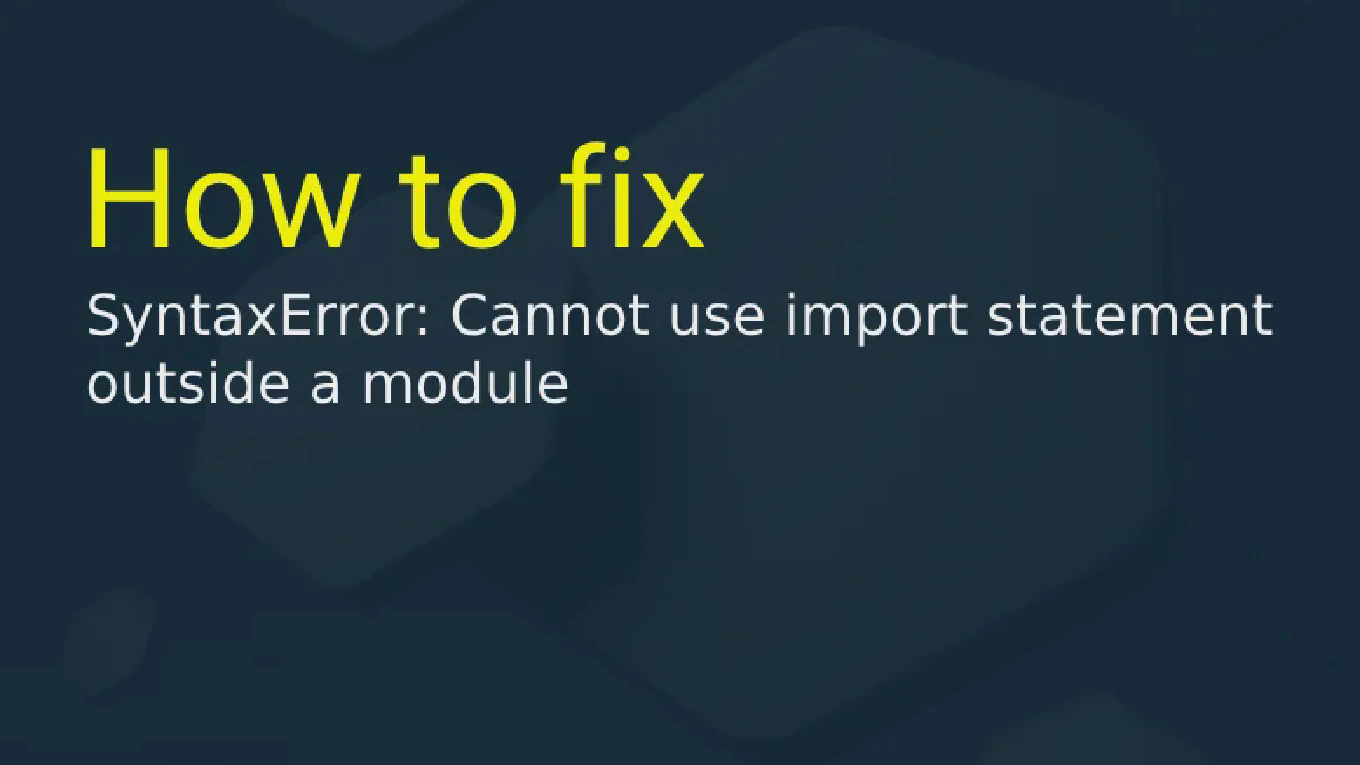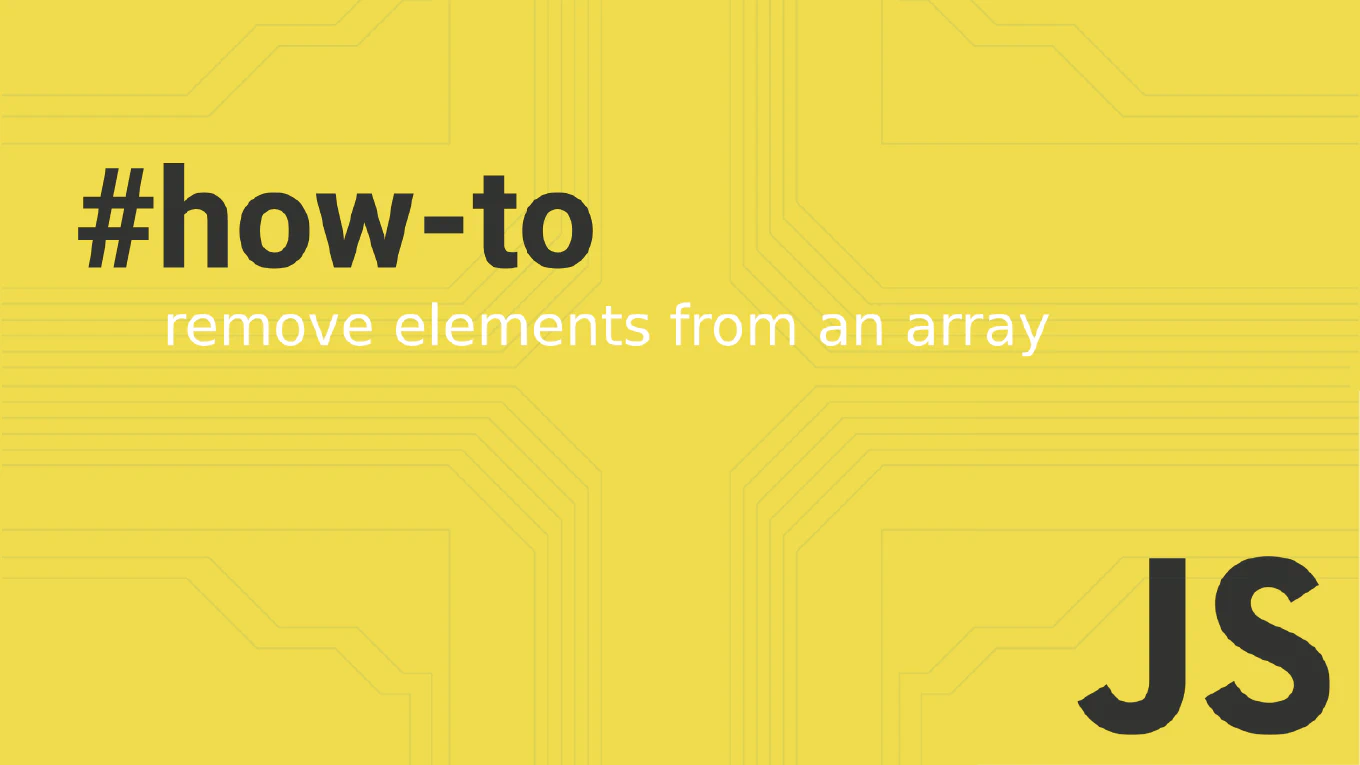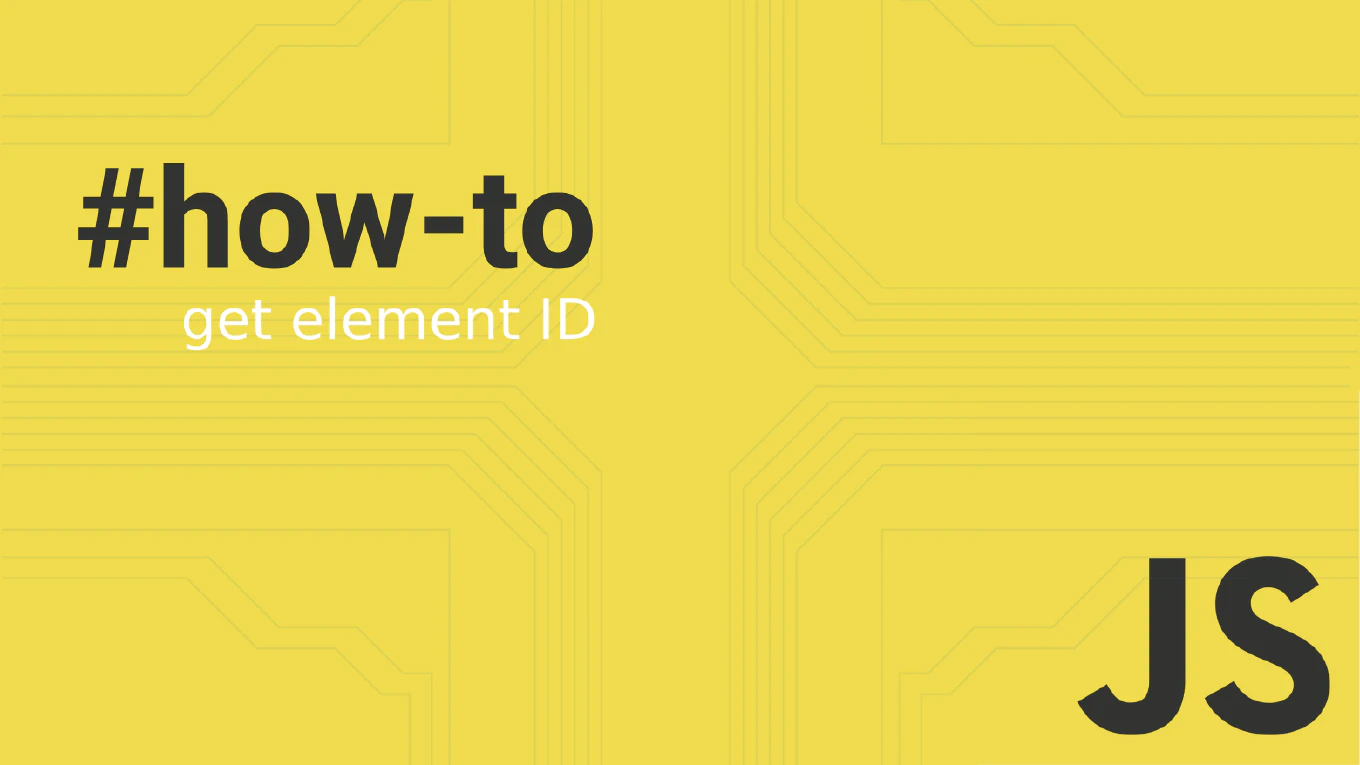How to remove event listeners in Node.js
Removing event listeners is crucial for preventing memory leaks and cleaning up resources in long-running Node.js applications.
As the creator of CoreUI with over 25 years of development experience building Node.js applications since 2014, I’ve implemented proper event listener cleanup extensively in our backend services to ensure optimal memory usage and application performance.
The most effective approach is using the removeListener() or off() method with the exact same function reference that was used when adding the listener.
This method ensures complete cleanup of event handlers and prevents the accumulation of unused listeners that can cause memory leaks.
How to listen for events in Node.js
Listening for events is fundamental to Node.js event-driven architecture, enabling asynchronous communication between different parts of your application.
As the creator of CoreUI with over 25 years of development experience building Node.js applications since 2014, I’ve implemented event listeners extensively in backend services for handling user actions, file operations, and inter-service communication.
The most reliable approach is using the on() method on EventEmitter instances to register event listeners that respond to specific events.
This method provides clean separation of concerns and enables scalable, loosely-coupled application architecture.
How to use events in Node.js
Working with events is fundamental to Node.js architecture, enabling asynchronous communication between different parts of your application. As the creator of CoreUI, a widely used open-source UI library, and with over 25 years of experience in software development, I’ve built numerous Node.js applications where event-driven patterns are essential for scalability. The most effective approach is using Node.js’s built-in EventEmitter class, which provides a robust foundation for creating and handling custom events. This pattern allows for loose coupling between components and enables reactive programming paradigms.
How to emit events from child to parent in Angular
Emitting events from child to parent components is essential for building interactive Angular applications with proper component communication.
As the creator of CoreUI, a widely used open-source UI library, I’ve implemented countless event-driven component interactions over 25 years of development.
From my expertise, the most reliable approach is to use the @Output decorator with EventEmitter to create custom events that parent components can listen to.
This pattern maintains loose coupling while enabling effective component communication.
How to handle form submission in React
Proper form submission handling is essential for creating responsive user interfaces and preventing unwanted page reloads in React applications.
As the creator of CoreUI, a widely used open-source UI library, I’ve implemented form submission logic in hundreds of production components over my 25 years of development experience.
From my expertise, the best approach is to use the onSubmit event handler on the form element combined with preventDefault() to maintain full control over the submission process.
This pattern ensures smooth user experience and proper data handling.
How to use $emit with parameters in Vue
Using $emit with parameters enables powerful parent-child communication by passing data and event details from child to parent components. As the creator of CoreUI, a widely used open-source UI library, I’ve implemented $emit with parameters in thousands of Vue components for enterprise applications. From my expertise, the most effective approach is using descriptive event names with structured parameter objects. This method provides clear component APIs and maintainable parent-child communication.
How to use methods in Vue
Using methods is fundamental for organizing component logic in Vue applications, providing a clean way to handle events and execute reusable functions. As the creator of CoreUI, a widely used open-source UI library, I’ve implemented thousands of Vue methods across components for form handling, data manipulation, and user interactions in enterprise applications. From my expertise, the most effective approach is to define methods in the methods option with proper naming conventions. This method provides clear component organization, automatic this binding, and excellent debugging experience.
How to emit events in Vue
Emitting events is fundamental for child-to-parent communication in Vue applications, enabling components to notify parents of state changes and user interactions.
As the creator of CoreUI, a widely used open-source UI library, I’ve implemented event emission in thousands of Vue components for button clicks, form submissions, and custom interactions in enterprise component libraries.
From my expertise, the most effective approach is to use the $emit method with descriptive event names and proper payload data.
This method provides clean component communication patterns while maintaining loose coupling between parent and child components.
How to use event binding in Angular
Event binding is essential for creating interactive Angular applications that respond to user actions like clicks, form submissions, and keyboard input. As the creator of CoreUI, a widely used open-source UI library, I’ve implemented event binding extensively in Angular components for button interactions, form handling, and complex user workflows in enterprise dashboards. From my expertise, the most effective approach is to use parentheses syntax for binding DOM events to component methods. This method provides clean separation between template and logic while enabling robust event handling with proper TypeScript support and parameter passing.



